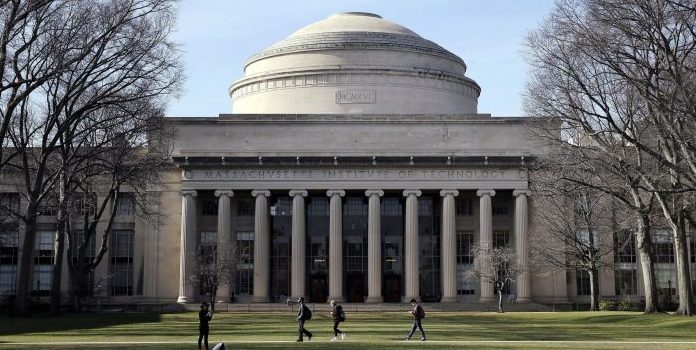(Dmytro “Henry” Aleksandrov, Headline USA) The percentage of black students at the Massachusetts Institute of Technology has plummeted after the Supreme Court ended affirmative action.
The Daily Wire reported that MIT said on Aug. 21, 2024, that the incoming freshman class is only 5% black this fall, down from an average of 13% in recent years.
The school added that Hispanic students are also down to 11% from 15%.
Before the elimination of the anti-white and anti-Asian law, about 25% of MIT undergraduates were black, Hispanic, American Indian or Pacific Islander. However, this number has dropped to 16% for the incoming class.
Asian American students are up to 47% from 41%, making up nearly half of the entire class of 2028, which proves once again that affirmative action was only discriminating against these students based on their race. The percentage of white students stayed about the same at 37%.
In 2023, the Supreme Court declared considering race in admissions unconstitutional in a landmark ruling that targeted the racist affirmative action admissions programs at Harvard and the University of North Carolina.
Students for Fair Admissions, the group that sued over affirmative action, pointed to the high test scores of Asian-American and white applicants who were rejected as evidence of racism against white and Asian people.
On Aug. 21, 2024, MIT’s dean of admissions, Stu Schmill, said that the school has expanded its recruitment and financial aid initiative to “further improve access to the Institute for students from all backgrounds.”
“Despite these initiatives, and as we expected, there was still a decline in the proportion of enrolling first-years from historically under-represented racial and ethnic backgrounds,” he said.
Schmill also whined about the rejection of affirmative action in his blog.
“If MIT cannot find a way to continue to draw on the full range of human talent and experience in the future, it may threaten the qualitative strength of the MIT education, both by a relative reduction in the educational benefits of diversity and by making our community less attractive to the best students from all backgrounds,” he wrote.

